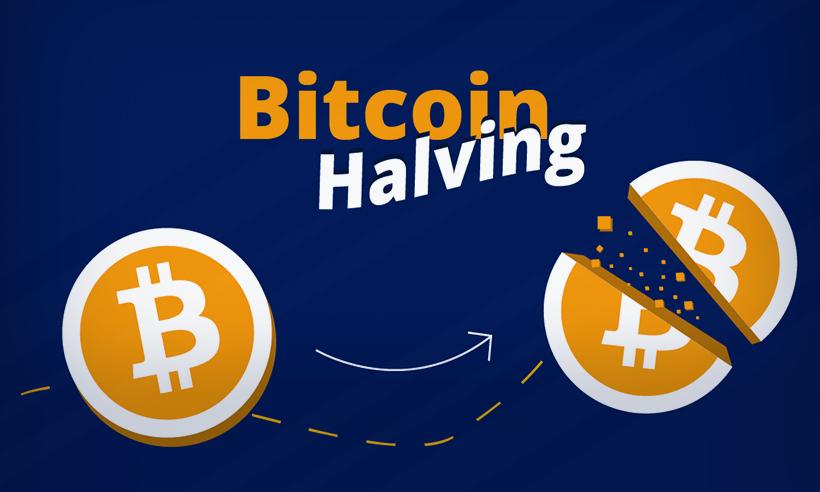Bitcoin Halving Alters Scarcity Dynamics
Table of contents
Halving Effect on Bitcoin's Inflation Rate
Following the latest Bitcoin Halving, the cryptocurrency's inflation rate has plummeted to just 0.83%, a significant drop compared to its previous levels. The Halving, which occurs approximately every four years, slashes the block rewards on the Bitcoin blockchain in half, tightening the supply dynamics.
Bitcoin vs. Gold: A Milestone Achievement
With its inflation rate now lower than Gold's, Bitcoin achieves a milestone in its journey towards becoming the scarcest asset. This shift marks a historic transition, signaling Bitcoin's ascendancy in the realm of scarcity.
Implications for Bitcoin's Market Position
Bitcoin's ability to maintain a lower inflation rate post-Halving underscores its resilience and appeal as a store of value. Despite recent price fluctuations, the cryptocurrency continues to garner attention as a hedge against inflation and a viable alternative to traditional assets like Gold.
Charting Bitcoin's Inflation Trajectory
An analysis of Bitcoin's inflation rate over the years reveals a steady decline, particularly following Halving events. This trend highlights the protocol's robustness and its capacity to adapt to changing market conditions.
Bitcoin Price Outlook
While Bitcoin's price has experienced fluctuations in the past days, its long-term trajectory remains optimistic. The Halving-induced reduction in inflation rate adds further momentum to Bitcoin's journey towards mainstream adoption and recognition as a scarce digital asset.

